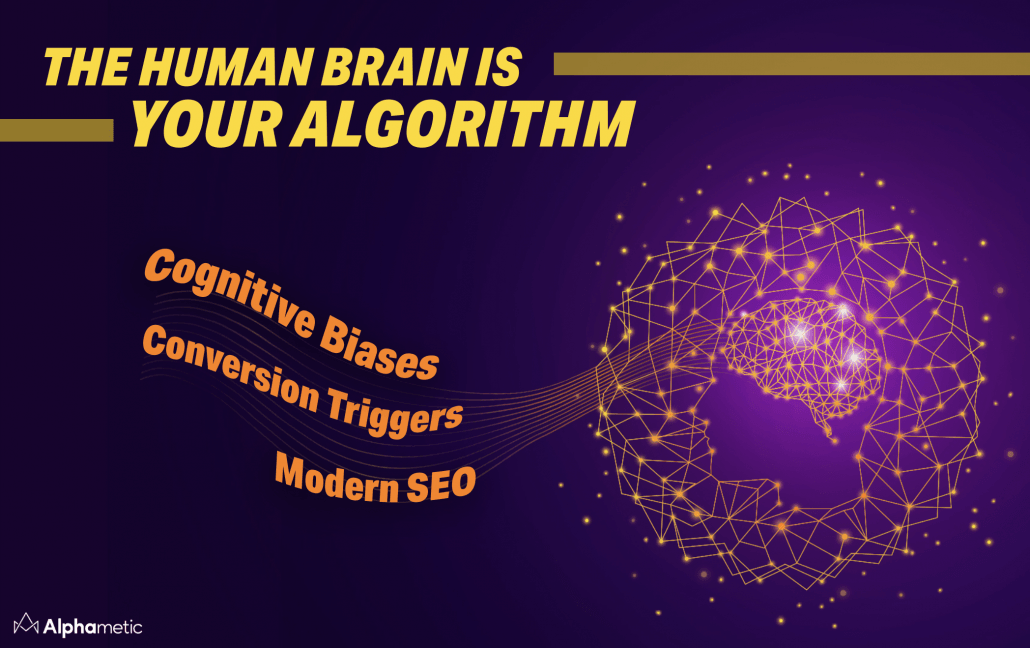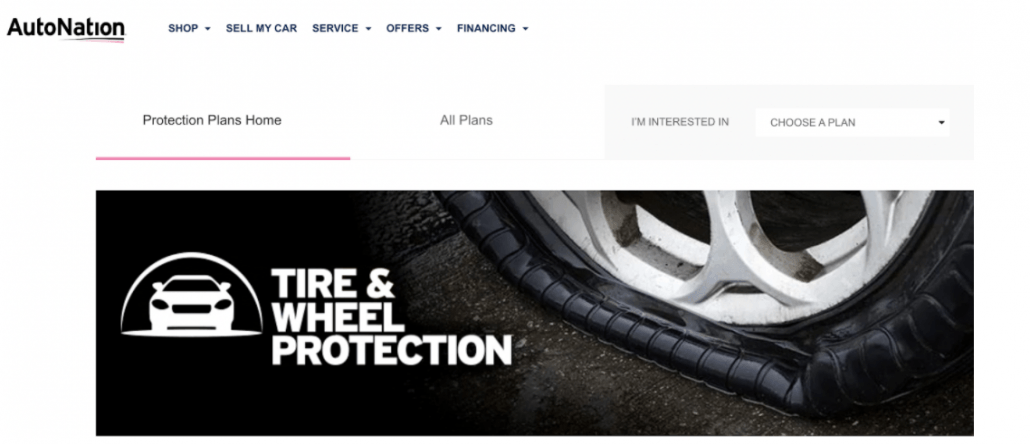Mastering Cognitive Biases to Optimize Your Website Content

“It is not enough to conquer; one must learn to seduce.” – Voltaire
It’s not enough to conquer the mind. To connect a website to an audience, you need to learn to seduce it.
The evolutionary wiring of our brains makes us respond to certain emotions in a fairly consistent and predictable fashion. We like to buy from who we trust. We like to hire and do business with the people we like. We like to be in control. We are averse to risk. We are influenced by social proof and what others say. We like to seek out the most compelling offer and to feel like we got the best deal. Sometimes we experience buyer’s remorse, but more often than not we find ourselves enthusiastically recommending the brands we like to our friends and family.
Provoking any combination of these simple emotions will determine the fate of your website. What is more, emotions such as trusting or liking are usually triggered subconsciously, almost automatically, during the first few seconds of an interaction with a website. The human brain is powerful but subject to limitations. We like to think that we are logical, reasonable, and objective in our decision-making… but the truth is, we rely heavily on these mental shortcuts to make sense of and thrive in our environment.
What are cognitive biases?
We cannot be running thousands of conscious calculations per second in our brain every time we visit a website or meet someone new. It would be exhausting! So, we’ve learned to trust recurring appearances to help our brains make sense of new environments. When you see a police car in your rearview mirror you’ll almost automatically check your speedometer and find your foot touching the brake pedal. Our brains rely on these systematic behavioral patterns to form mental shortcuts to help us make decisions, which are referred to as cognitive biases in the field of psychology.
These biases are often a result of your brain’s attempt to simplify information processing. They can work as “rules of thumb” or “standard operating procedures” that help us make decisions with reasonable speed. Most human behavior is driven by these mental shortcuts whether we like it or not.
Researchers at Cornell University estimate we make 226 decisions each day on food alone. And as the number of options continues to increase with widespread access to the Internet, so does the multitude of choices we have to make every day. It’s estimated that the average adult makes about 35,000 remotely conscious decisions each day. We would not be able to function in a modern society without some reliance on these cognitive biases.
This process of simplifying information processing happens every time someone visits your website. It is reflected in the common Google Analytics metrics. We don’t read content online the same way we read a book; rather we scan for key information to satisfy our intent and then we move on. The extent to which your web content can grab and hold attention will make or break its chances for success.
The Authority Bias
The authority bias, for example, has a tremendous split-second impact on whether someone will trust your website or not. People only do business with people or brands they trust. If they do not know your brand, they will subconsciously look for clues of your expertise and credibility.
If you haven’t figured out how to project instant credibility with your content, you’ll struggle online. Convey your authority instantly and methodically by displaying unquestionable proof of your expertise to convert skeptical observers into appointments or check-outs. The surest way to develop authority ethically is by building a long-standing reputation in your field, but gaining endorsements from established brands or other authorities, will also have a similar effect.
I have to admit I often find myself an easy prey to sophisticated sales schemes. I remember buying my first car in America. The car dealer invited me to his office to go over some paperwork after I already agreed to buy the car for a set price. Little did I know, I was being led into a “sales funnel.” After we sat chatting for a while, I felt more and more comfortable with the car dealer, who knew someone who was also Polish and had a cousin or brother with the same name as mine (what a convenient coincidence!).
The car dealer casually showed me a picture of a completely ripped tire, which looked like it was hacked with a chainsaw. The man passionately explained that it was from his customer who had to bear the significant cost of roadside assistance and tire replacement. As you can probably guess, I enthusiastically agreed to the tire insurance offer that followed. The picture was used as an anchor to frame the tire insurance offer in a more persuasive light.
I’m not suggesting you should replicate this car salesman’s pitch on your website, but go ahead and Google “tire insurance” right now to find out for yourself that most landing pages selling tire insurance will use similar imagery to frame their offers. Below is just one example from AutoNation.com.

Source: https://autonation.com
I urge you to understand the power of building scripts while designing your conversion funnels. Every car dealership knows that their dealers will close more deals following a carefully crafted sales playbook, rather than rely on charm or personality alone. Once you have a script, you can test it to improve on it.
I remember sitting in the consumer behavior class during the second year of my MBA studies thinking of the different emotional factors that affect the process of making choices. Consumer behavior incorporates ideas from several science studies including psychology. The study of why people buy is as important as to how and where they buy, but not given enough credit.
The Framing Bias
For example, the framing bias is a powerful factor when presenting your offers. Ultimately the big idea behind the conversion funnel is to get someone from a web page to your offer. The words and images that precede the offer have a tremendous impact on how your offer will be perceived, which is why there are so many ads flashing the before-and-after images. After all, the choices we make are strongly correlated to the expectation of a reward as well as to dissatisfaction with a current state. This should be obvious, but many marketers tend to underestimate the importance of placing reward incentives on their websites. A behavior that is systematically rewarded can also be habit-forming, which is the Holy Grail of the website marketing game.
In the second year of business school, I worked in market research at Mattel, which is one of the largest toy makers in the world. At Fisher-Price Brands, I got a first-hand look at how consumer research data was collected and refined into marketing insights for Tickle Me Elmo. Thousands of hours of research are devoted to market research at large corporations. Make no mistake, if the marketing MBAs and the largest brands in the world put so much emphasis on understanding how buyers make choices, so should you.
The scope of research required to master the fundamental principles of decision-making can be overwhelming. I spent countless hours reading some of the most famous, densest academic papers and psychology textbooks to dissect the key cognitive biases affecting website behavior. If you have the time and interest to do the same, I recommend starting with “Evolutionary Psychology: The New Science of the Mind” (6th Edition) by David M. Buss, Ph.D, and “Influence: The Psychology of Persuasion” by Robert B. Cialdini, Ph.D.
You can spend all your time studying the roots of a tree, or you can just learn to pick the fruit. With “The Psychology of a Website,” my approach lets you focus on picking up the fruit, not studying the tree. I researched and organized these cognitive biases into an actionable framework that every marketer, entrepreneur, and business owner can put into practice today to generate more conversions and clients tomorrow.
To learn more about cognitive biases, read about it in my new book, The Psychology of a Website: Mastering Cognitive Biases, Conversion Triggers, and Modern SEO for Massive Results, now available on Amazon.
Matthew Capala is a seasoned digital marketing executive, founder/CEO of Alphametic, a Miami-based digital marketing agency, author of “The Psychology of a Website,” dynamic speaker, and entrepreneur.





Leave a Reply
Want to join the discussion?Feel free to contribute!